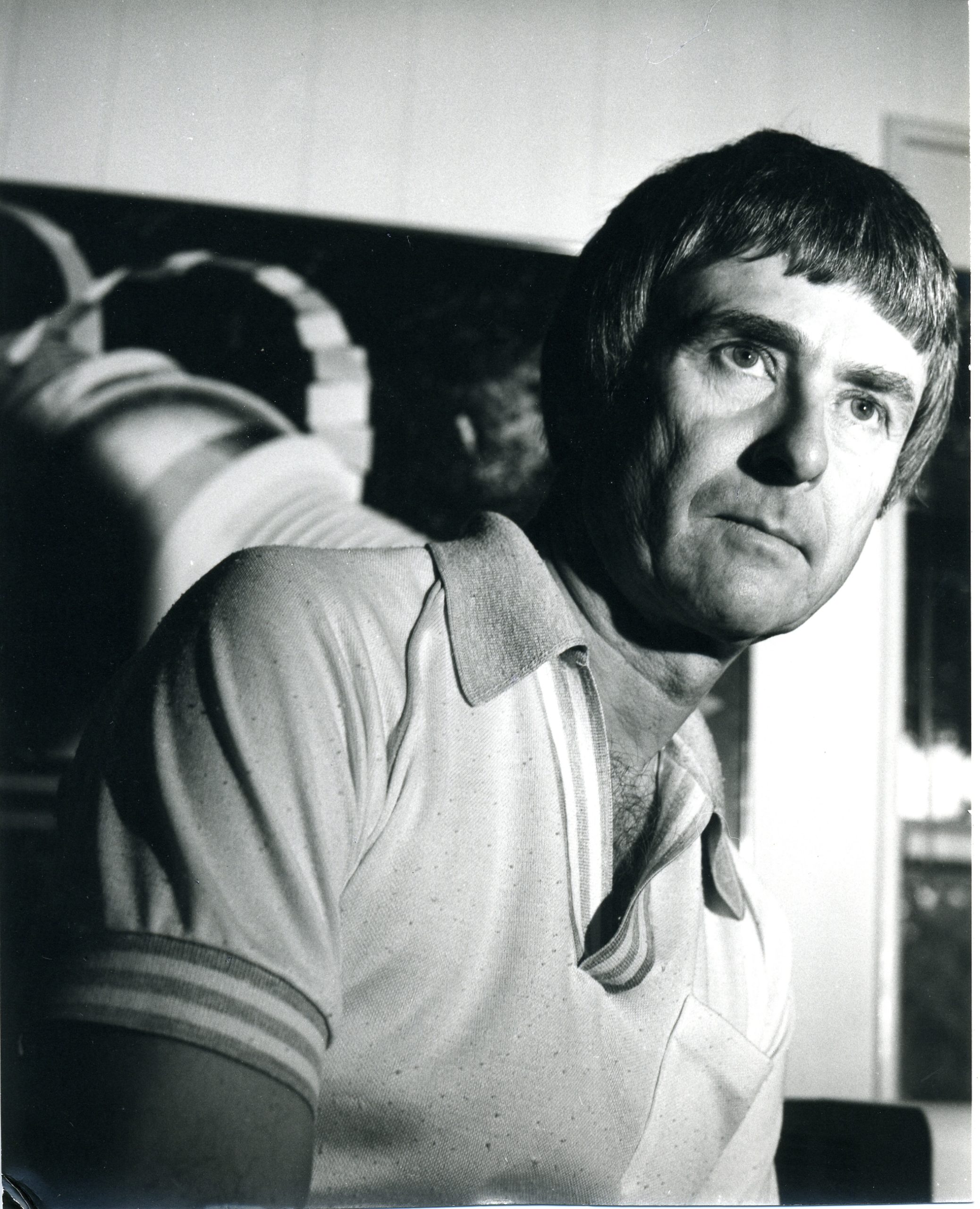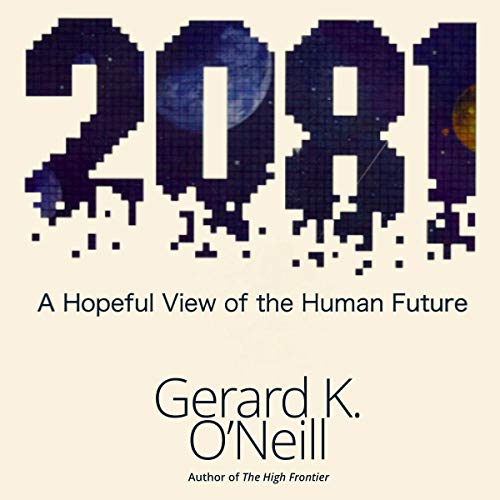Dr. Gerard K. O’Neill, known to many as “Gerry,” was born in Brooklyn and educated in public schools in Connecticut and upper New York State. He joined the navy at age 17, served as a radar technician from 1944 to 1946, graduated from Swarthmore College in 1950 with high honors in Physics, and received a Ph.D. in Physics from Cornell University in 1954. He went to Princeton University in 1954 as an Instructor and became a Professor in 1965. In 1956 he invented the storage ring technique for colliding particle beams.
His studies on the humanization of space began in 1969 as a result of undergraduate teaching at
Princeton, and were first published in 1974. After publication of The High Frontier: Human Colonies in
Space, O’Neill’s vision and activism sparked an enormous grassroots movement to “open the high
frontier” to make space beneficial and accessible for all of humankind. In the pursuit of this goal, O’Neill
invented the mass driver, a tool necessary for mining materials on the moon, and founded the Space
Studies Institute, an organization dedicated to research in space manufacturing and resources.
O’Neill passed in 1992 after a battle with Leukemia, but managed to inspire an entire generation
of free thinkers and young minds known as “Gerry’s Kids” who would carry the torch for O’Neill and now
lead the modern day space industry. His initial concept for “O’Neill Cylinders,” the rotating space
habitats he envisioned, have endured to this day and are still the future many see coming.
Before O’Neill’s passing, he wrote two additional books, 2081: A Hopeful View of the Human
Future, and The Technology Edge: Opportunities for America in World Competition.

